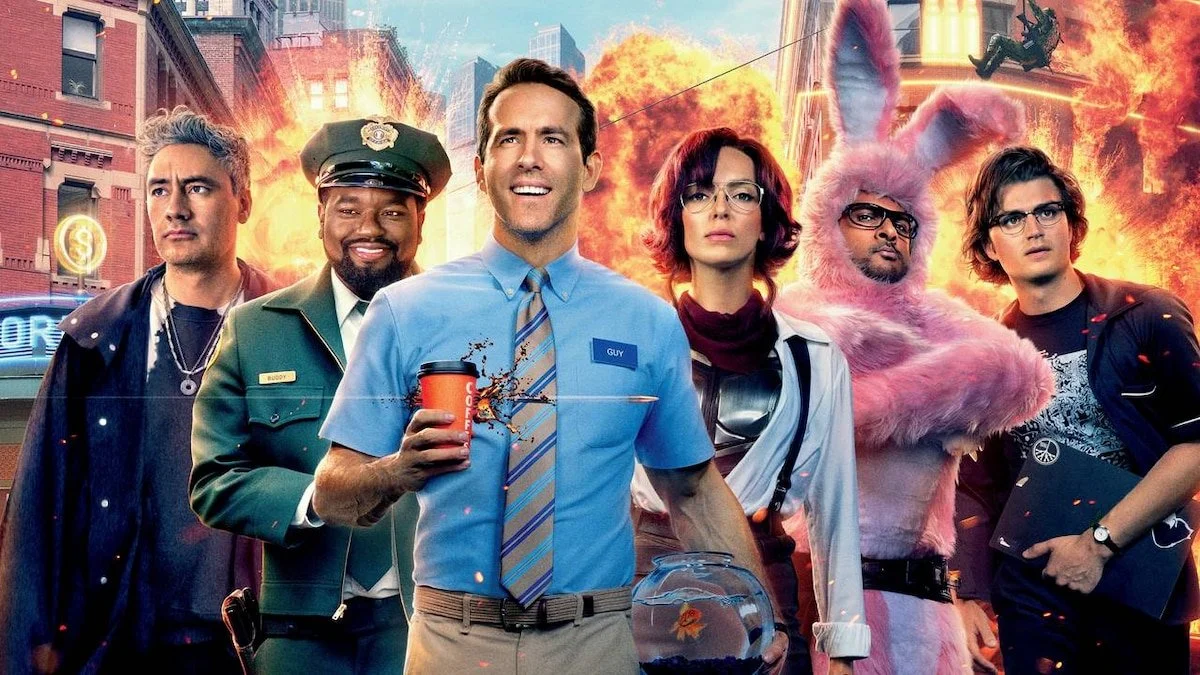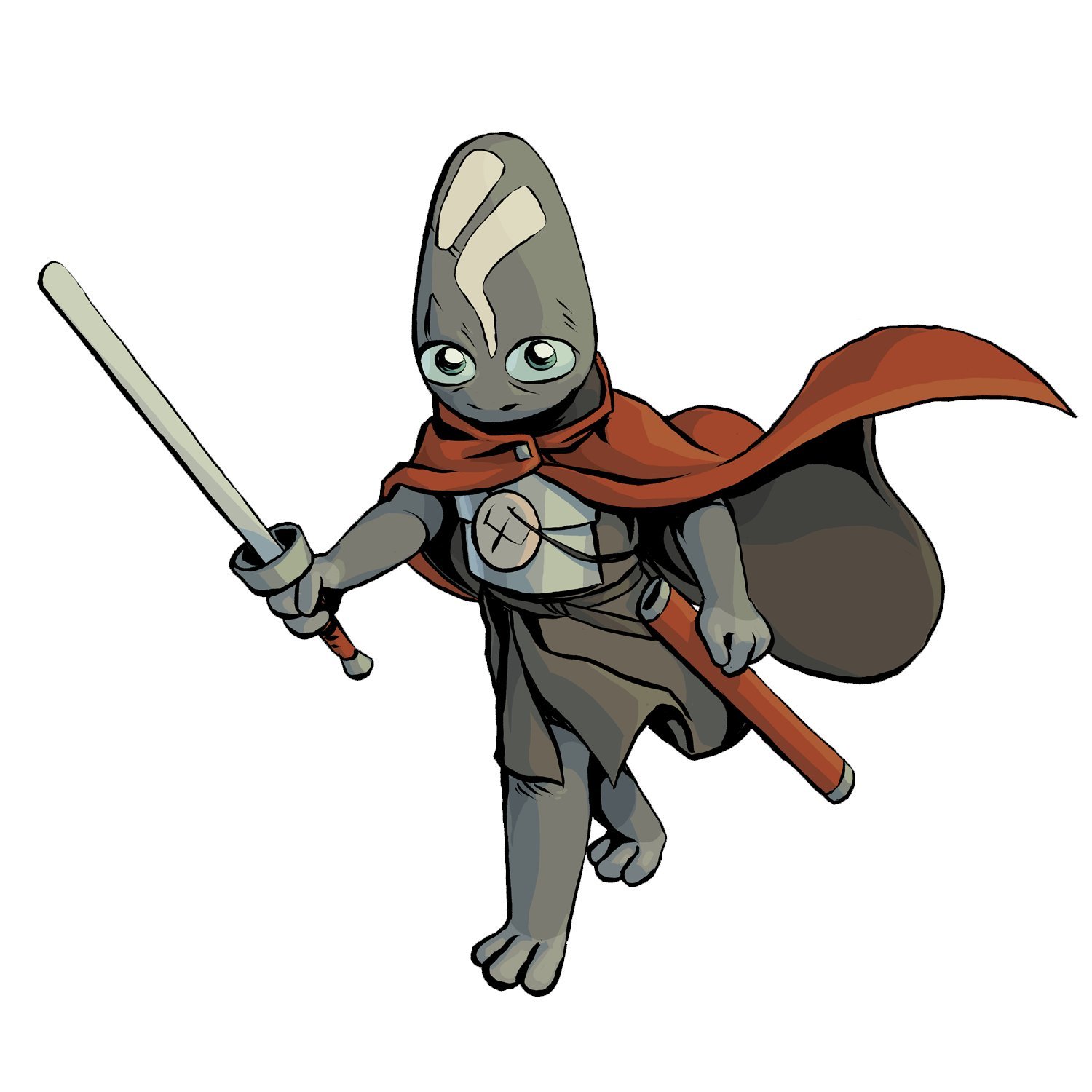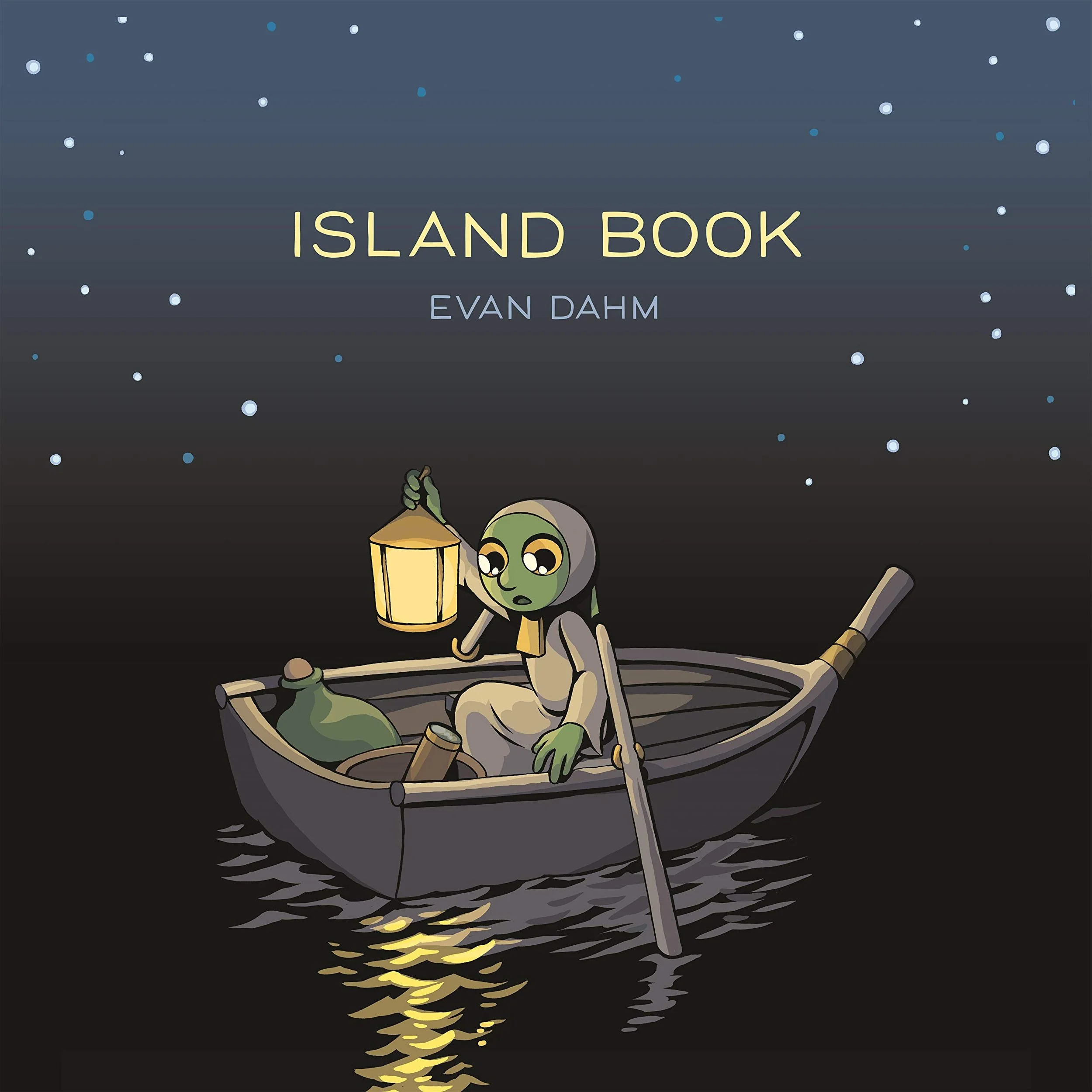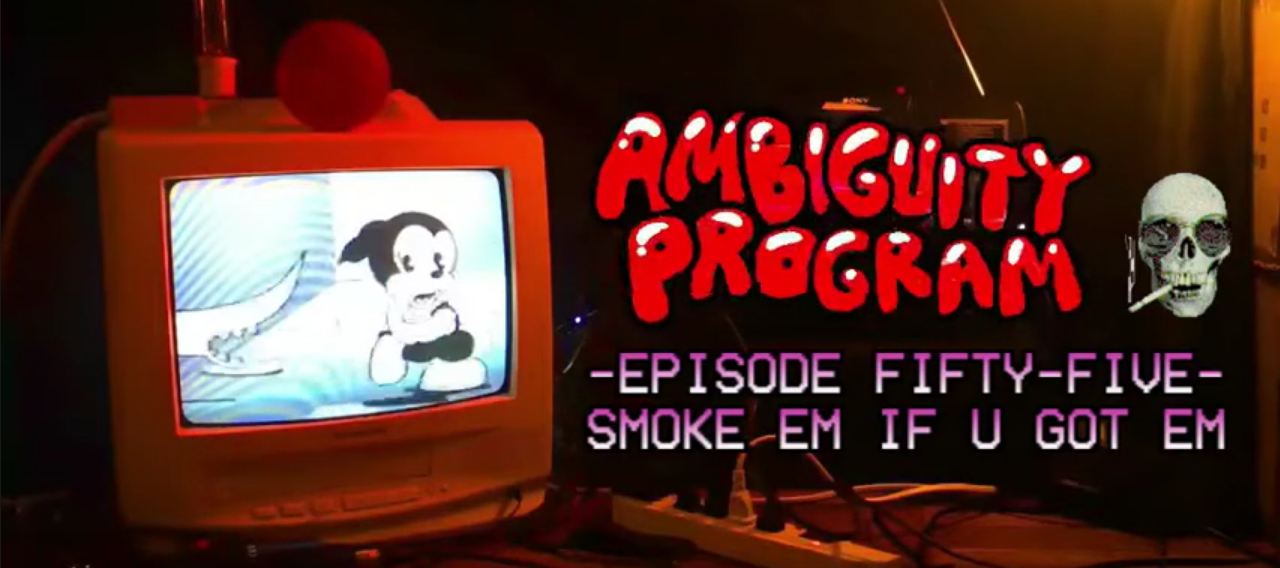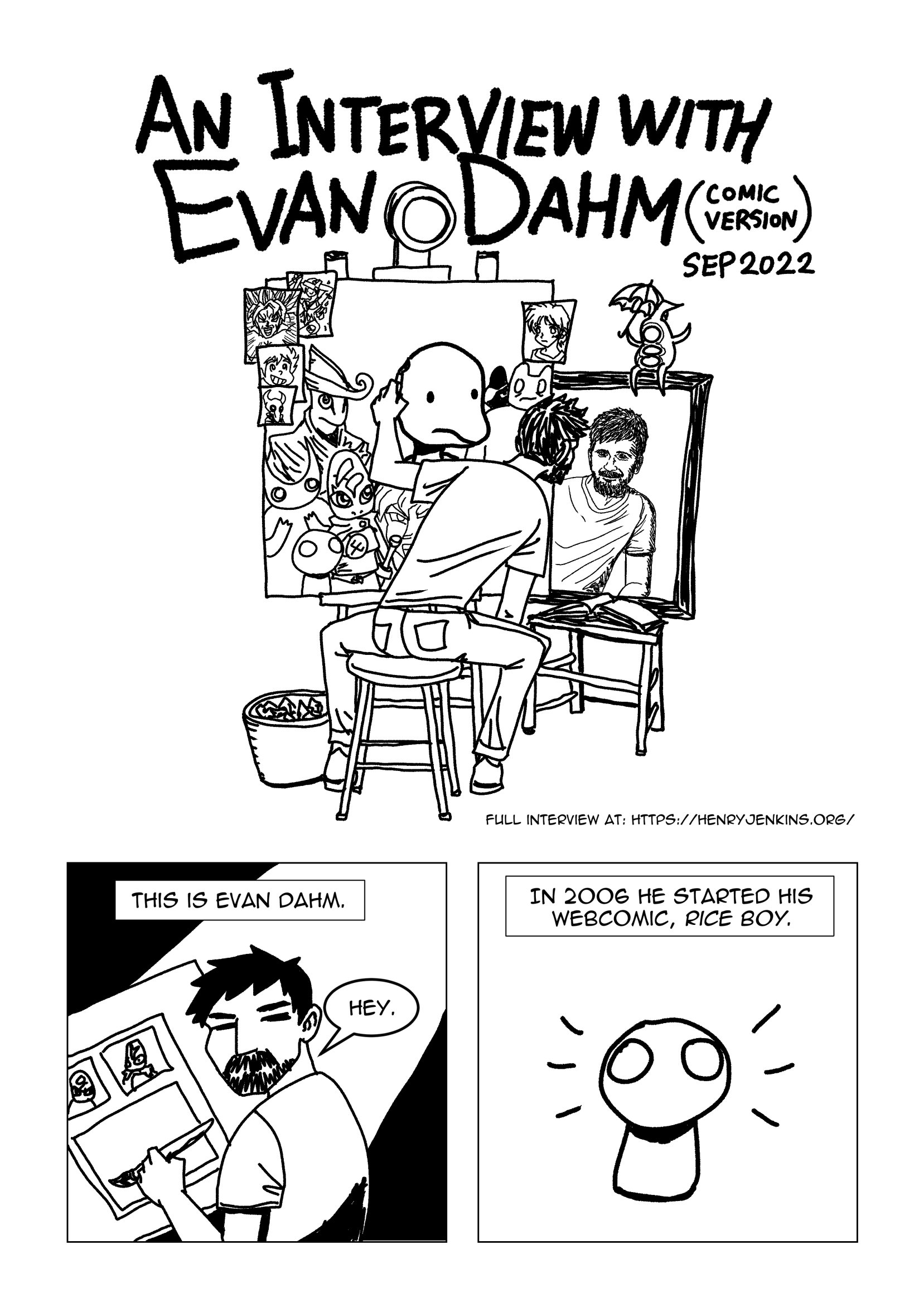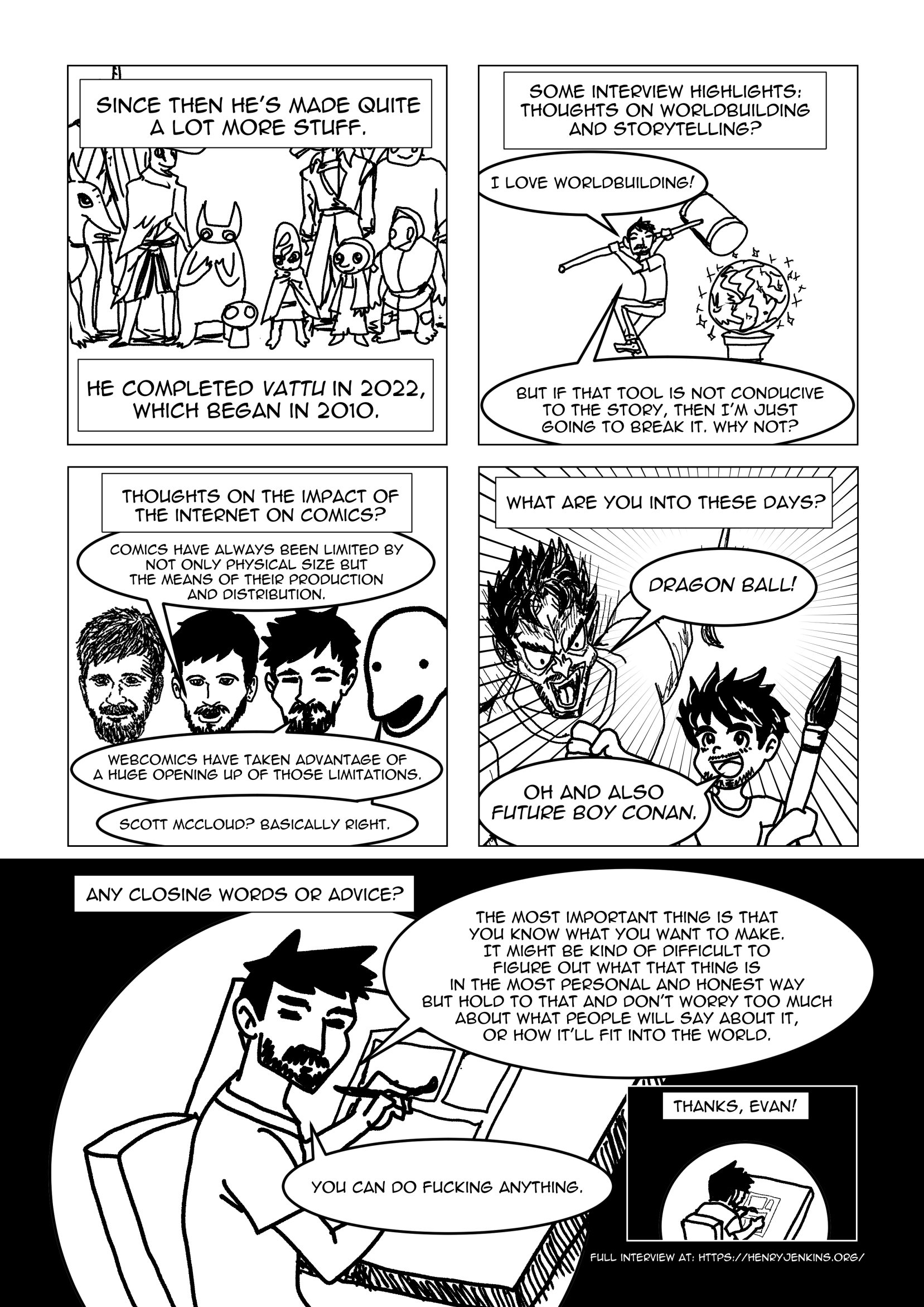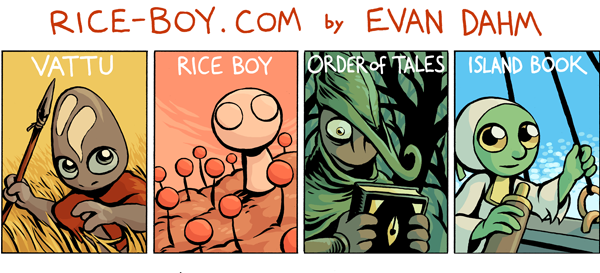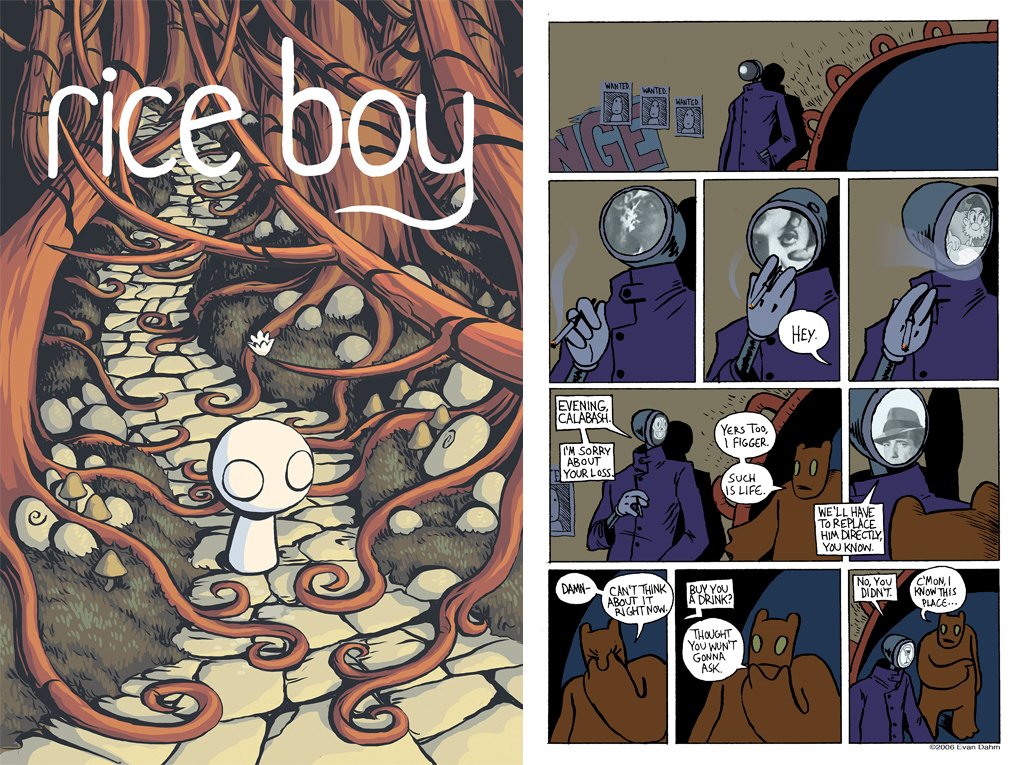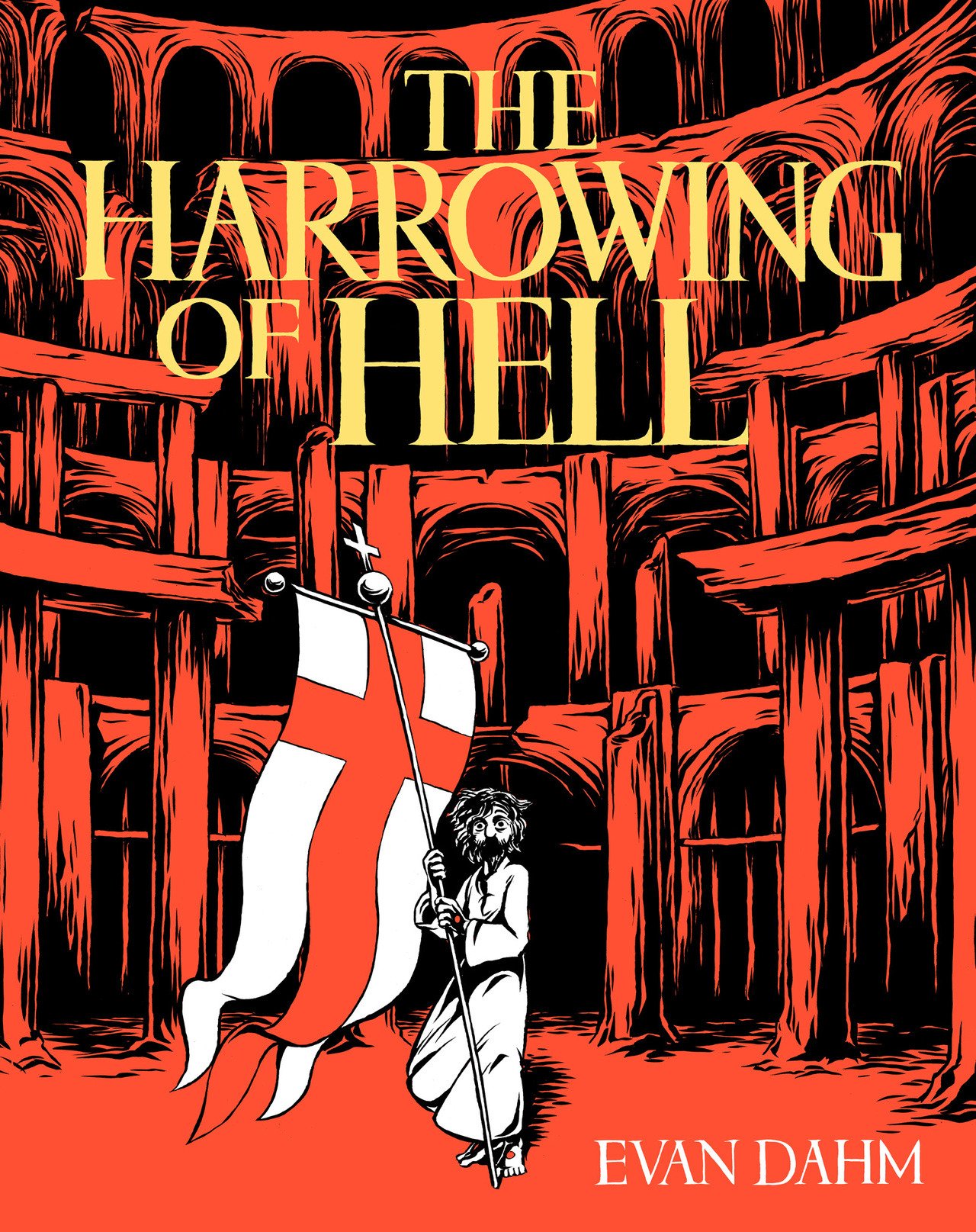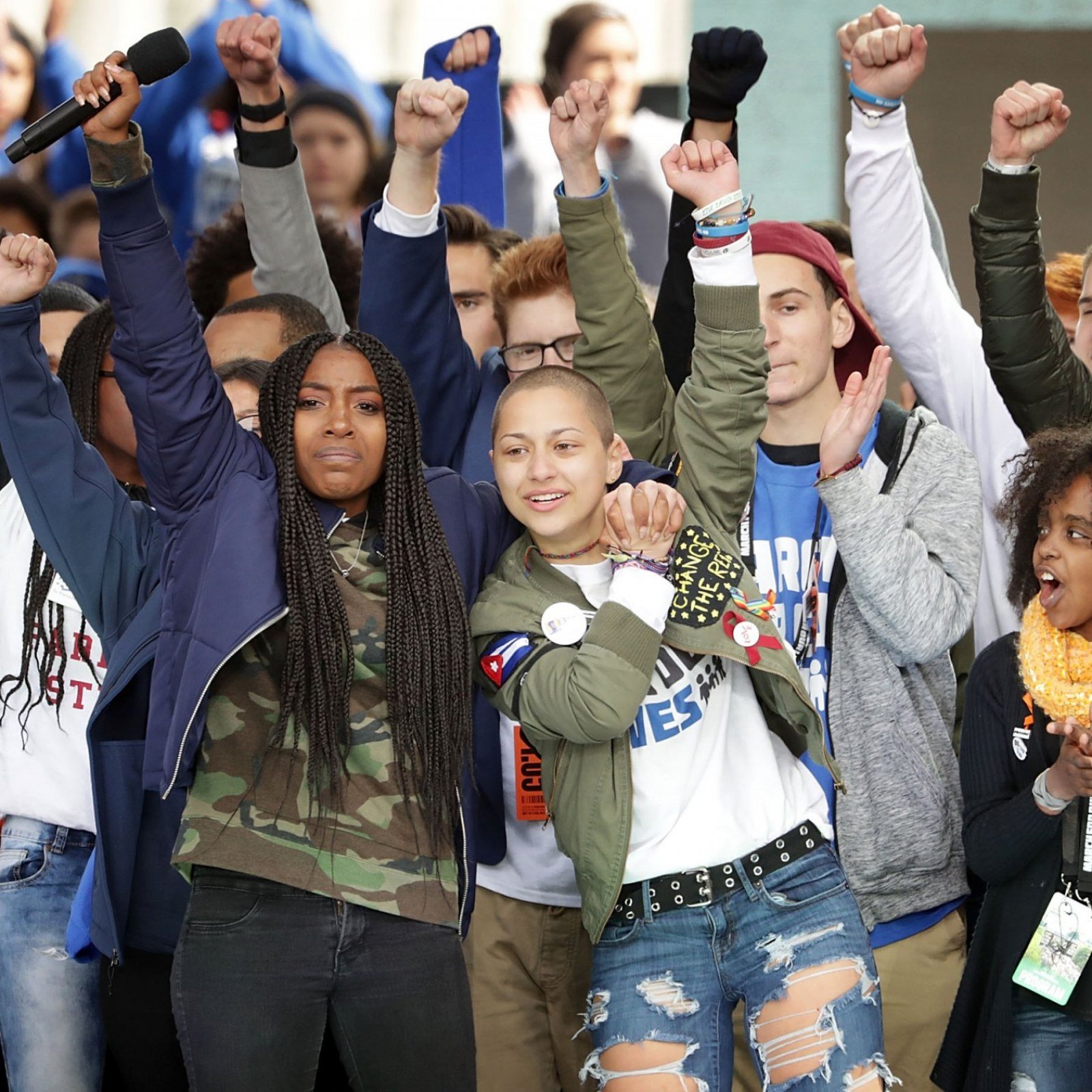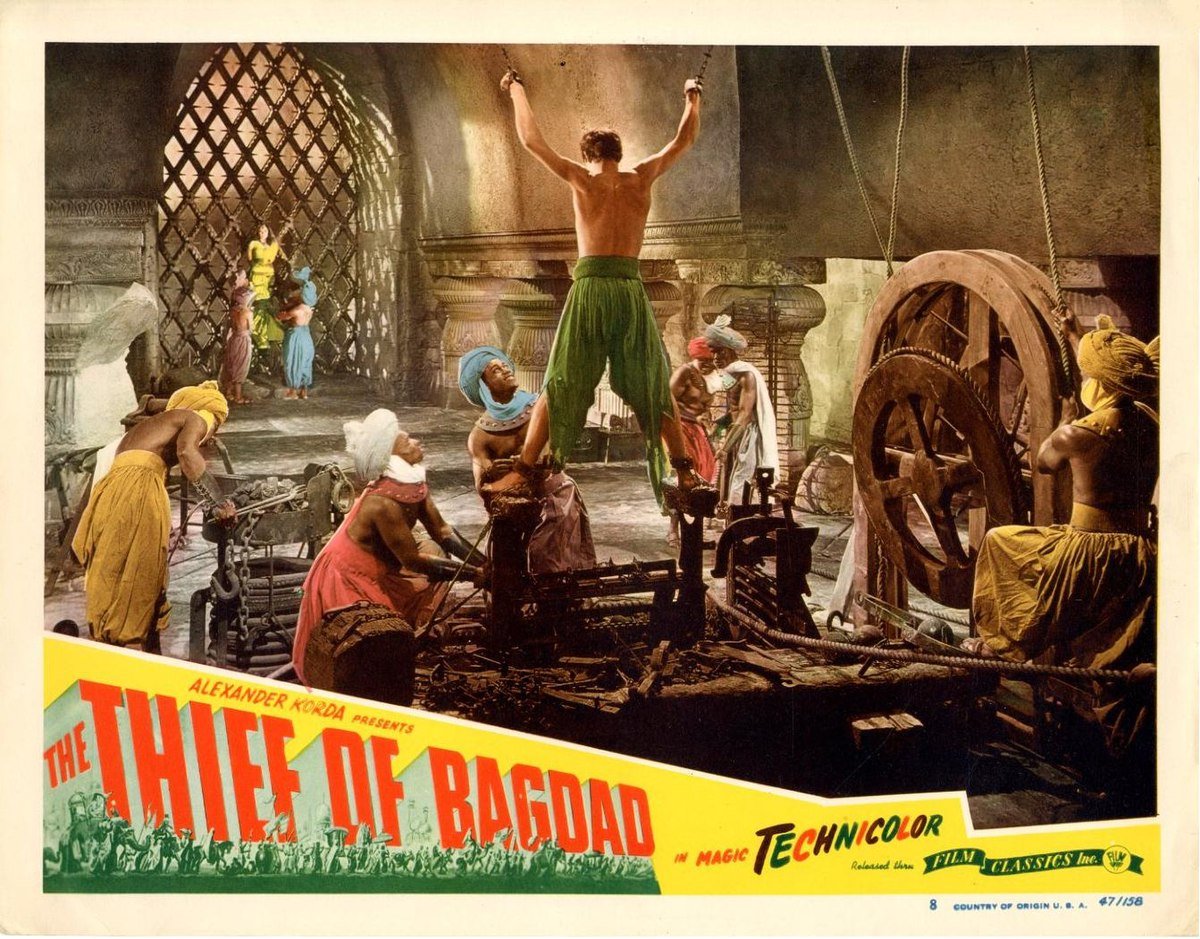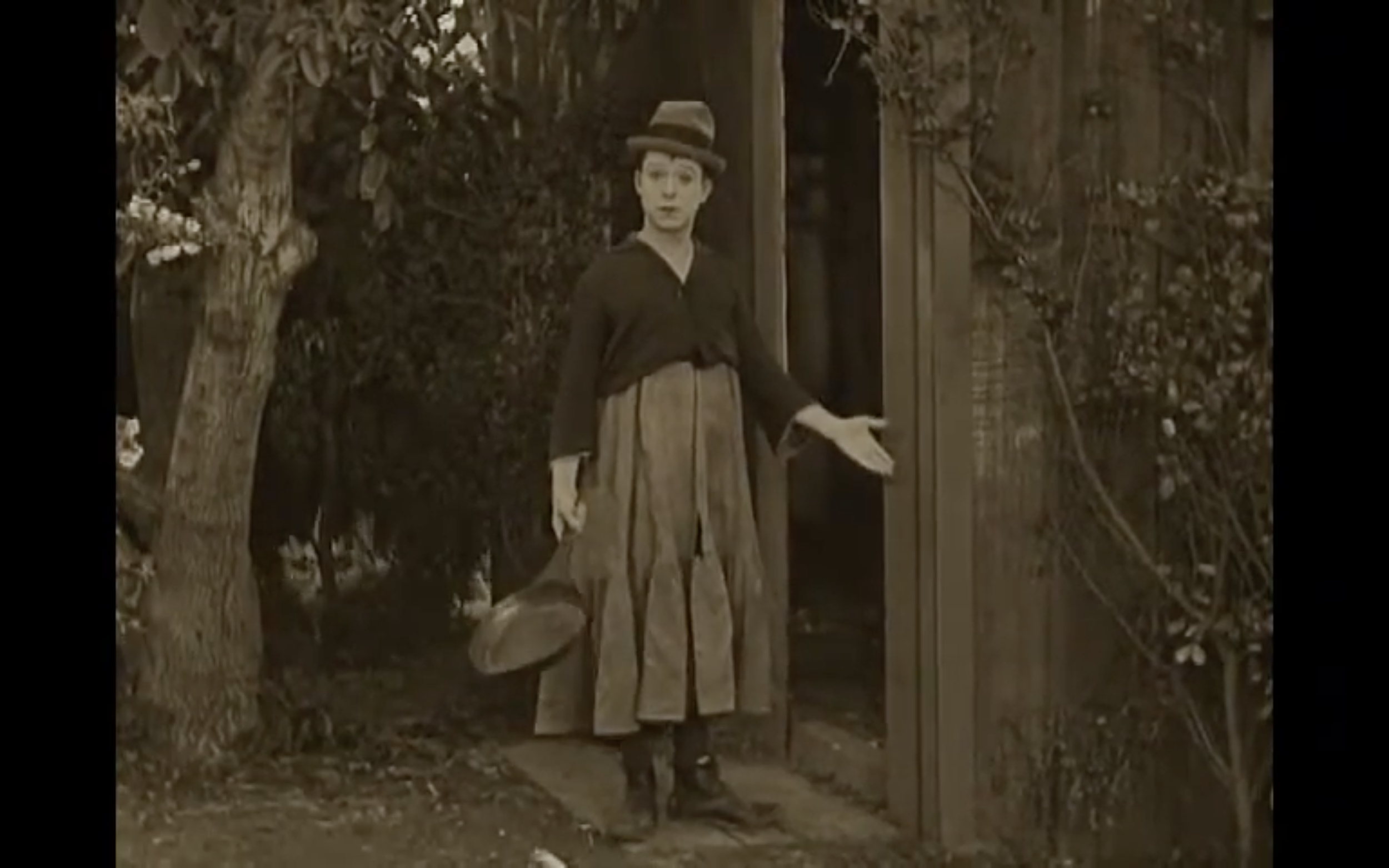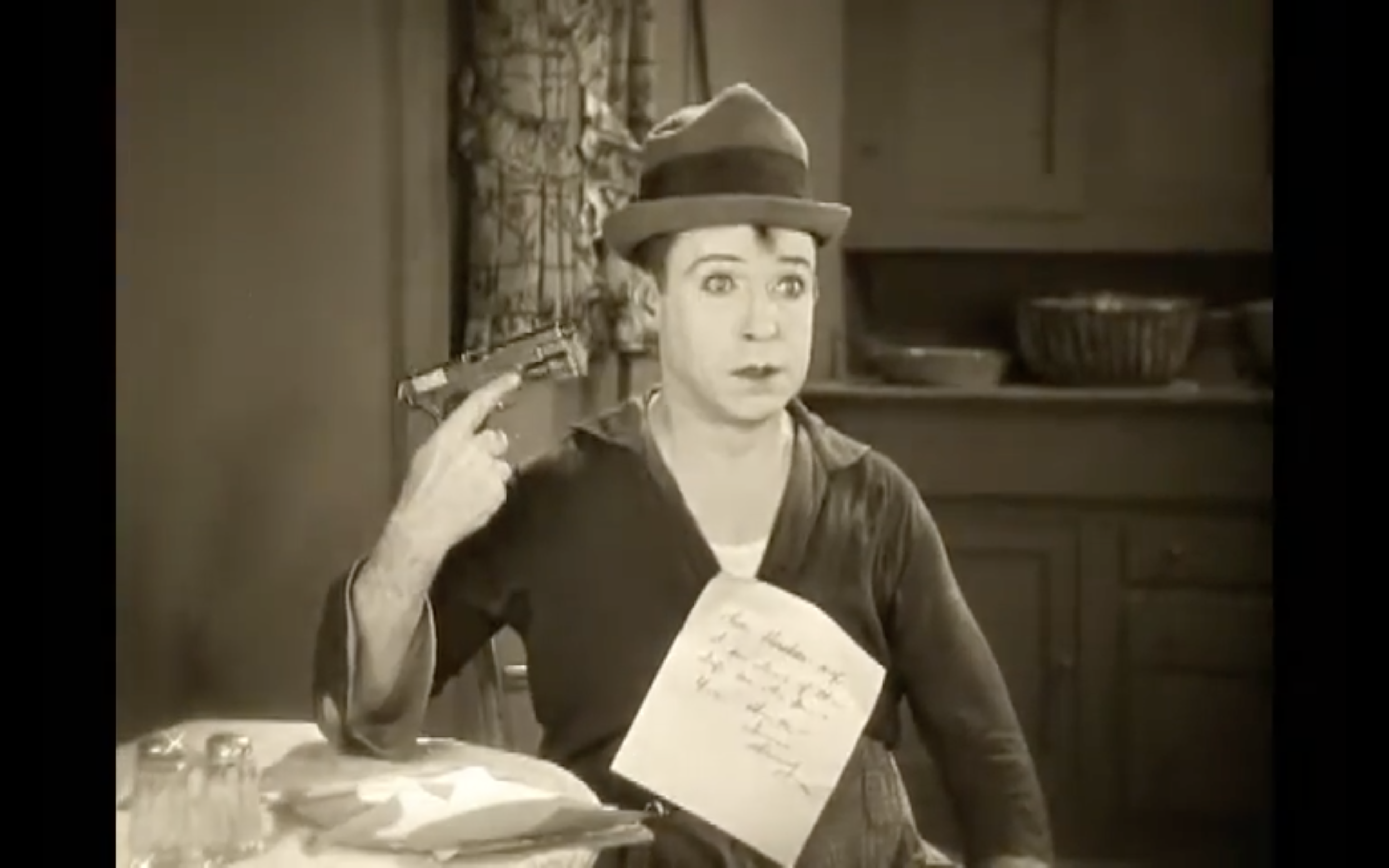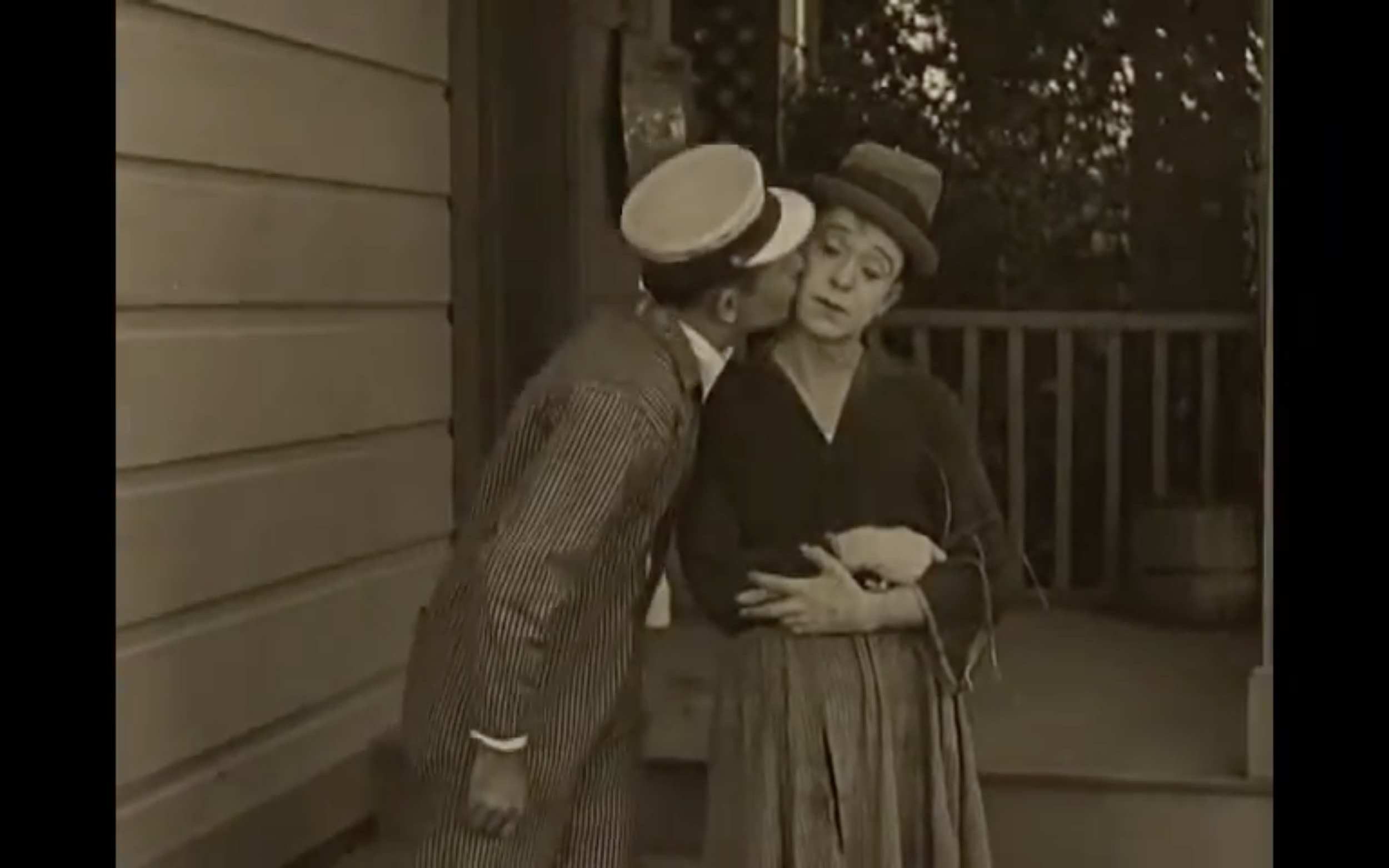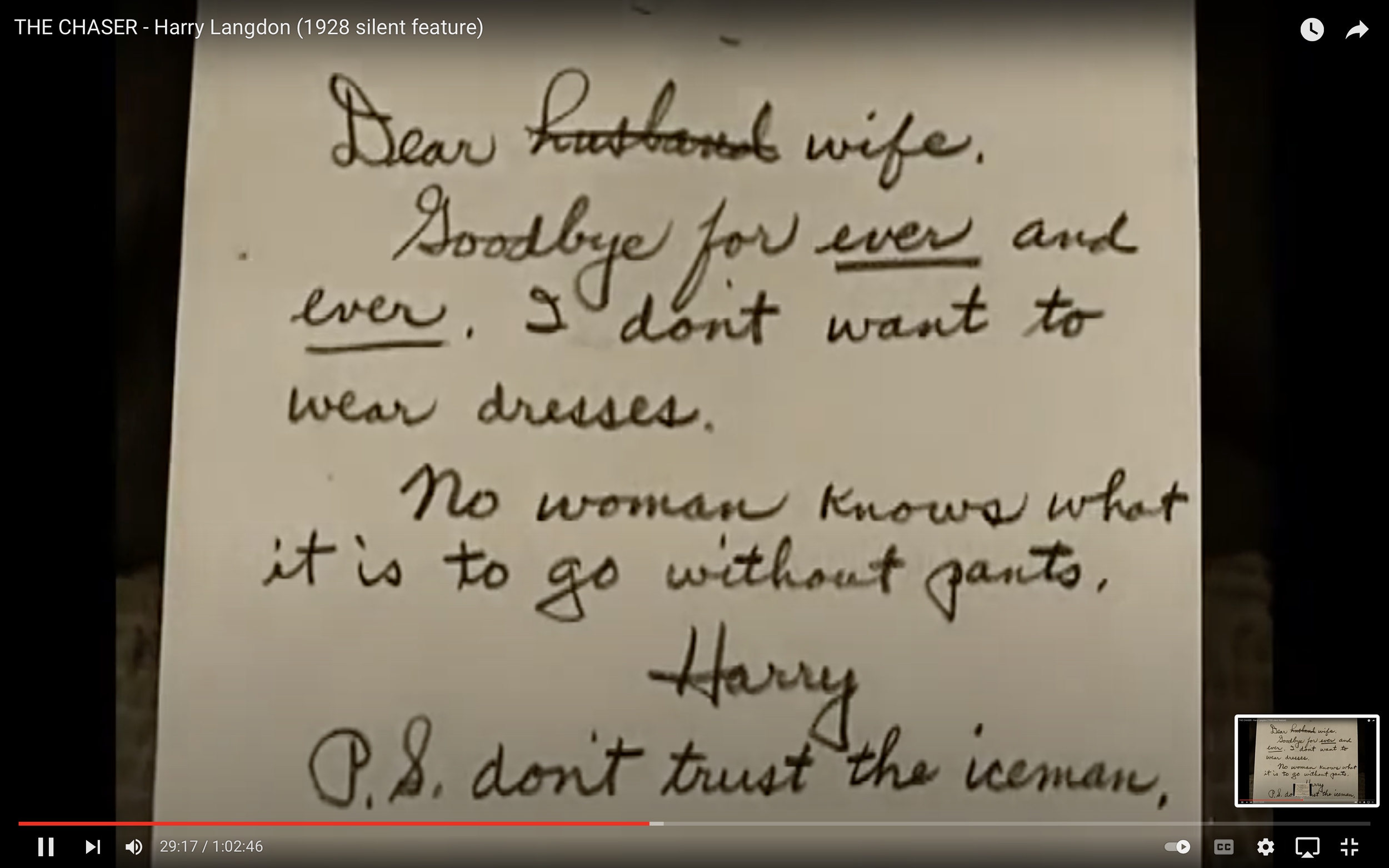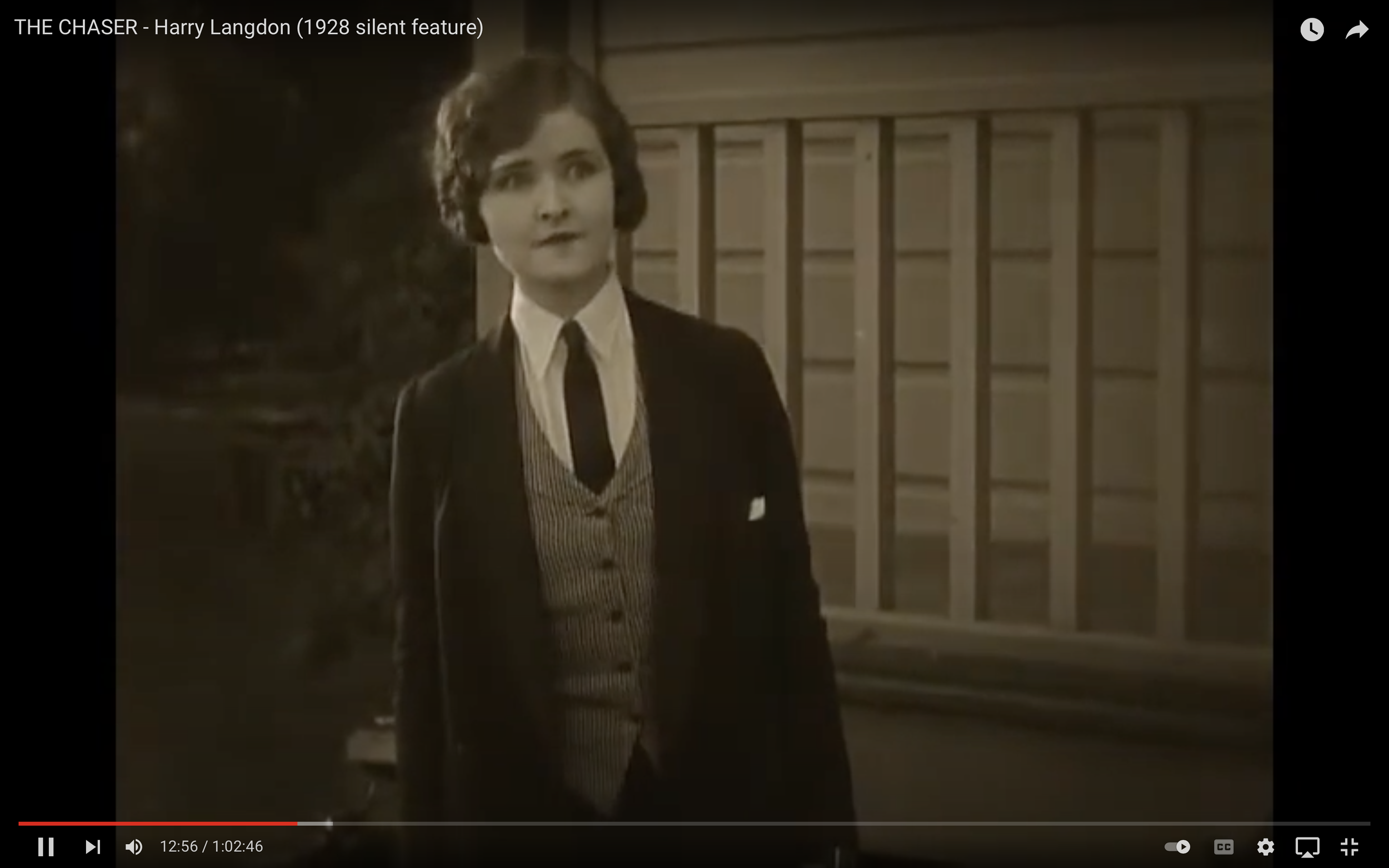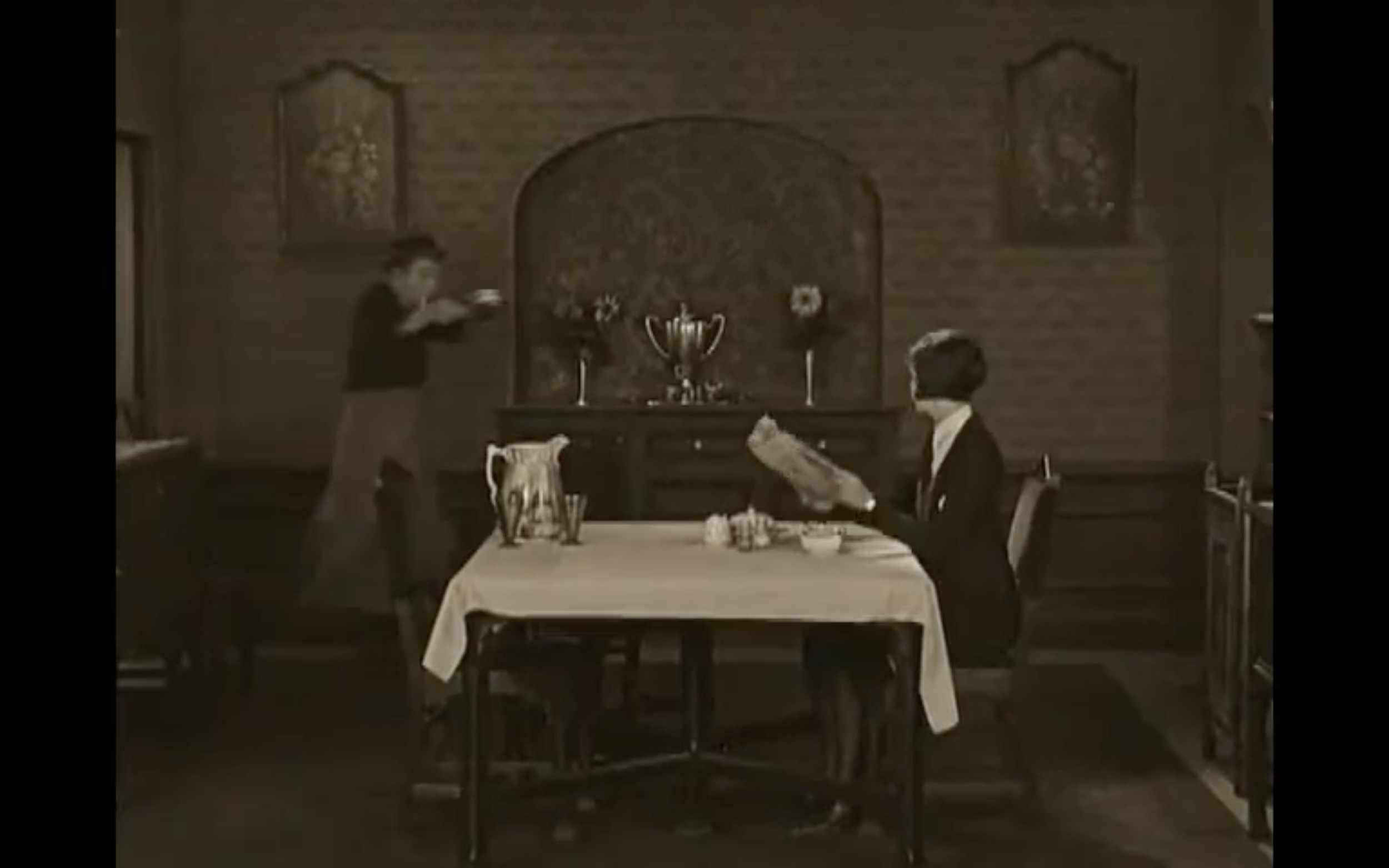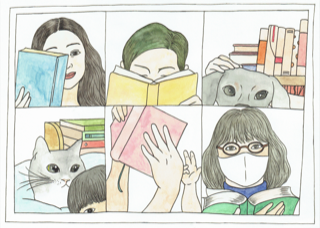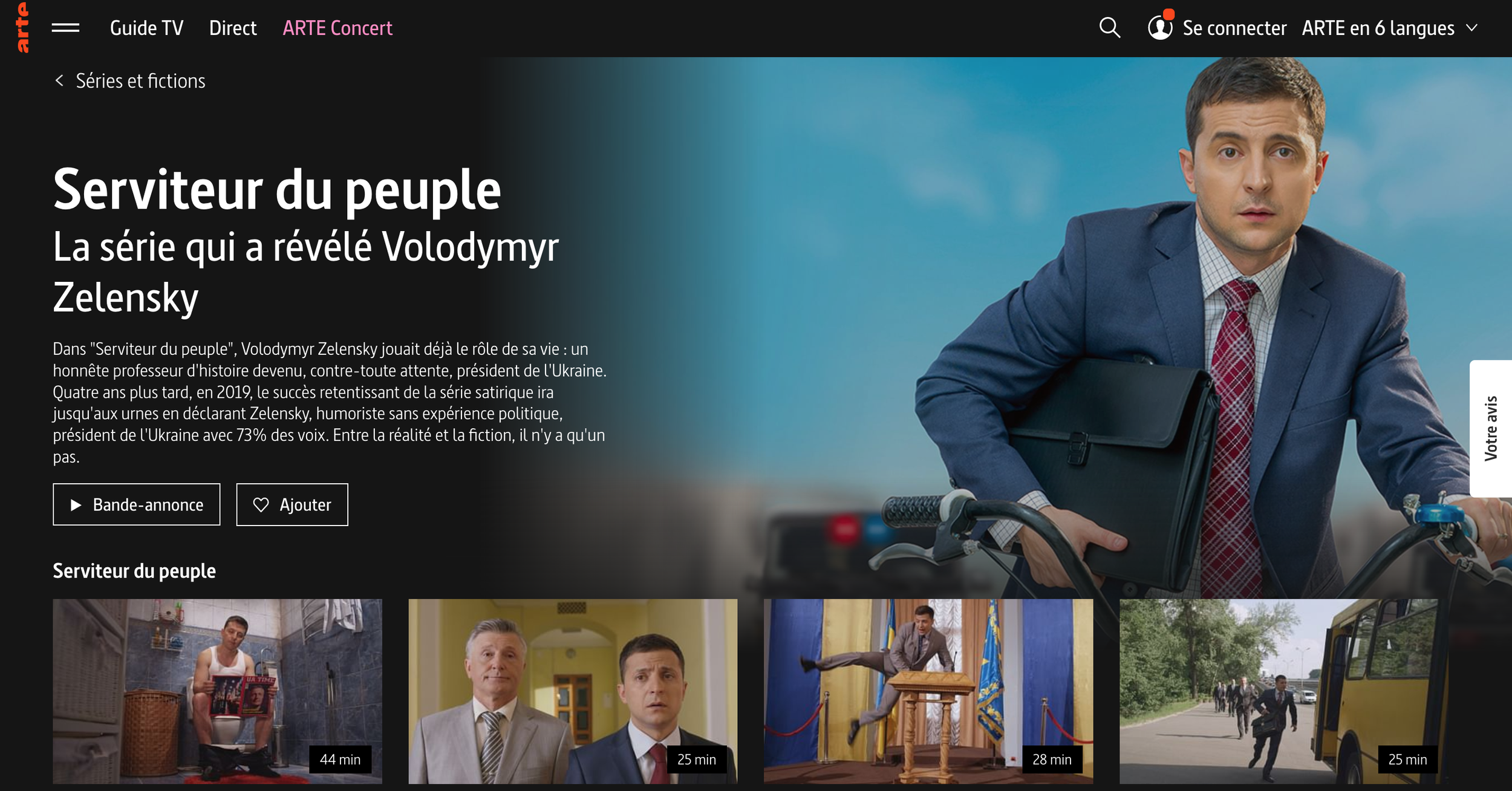Television in the Development of Information Society Culture in Kazakhstan
/In 2020, I received an invitation to do a Zoom talk in Nur-Sultan (now Astana), Ksakhstan. It meant setting an alarm to wake up in the middle of the night, Atlanta time, since the internet has gone further in shattering geographic boundaries than it has temporal ones. But I had to do this and it turned out to be a really rewarding experience to interact with these bright, engaging, and earnest students and their faculty advisors. I have stayed in touch with my Ulbossyn M Yessenbekov at LN Gumilyov Eurasian National University since. Today I am sharing some of their work. Many of us know little of this Eurasian country. Be honest, how many of you thought first of Borat before settling into a less fanciful vision of the country? Here, she shares some outstanding work introducing It to media conditions there, an exploration to be continued in a second installment next time.
Television in the Development of Information Society Culture in Kazakhstan
ULBOSSYN M. YESSENBEKOVA
L.N. Gumilyov Eurasian National University
Astana, Kazakhstan
Currently, Kazakhstan television is the most accessible and popular means of mass communication. It occupies an important segment of the country’s media market, providing citizens with information and knowledge from all areas of social relations and human activities. Television has a huge impact on political, economic, information and cultural processes. Well-known researchers wrote about the formation of a “communication society” based on communication (Webster, 2001).
Furthermore, Kazakh scientists and journalists do not conduct valuable measurements and studies of the telecommunications market in the digital technology segment. Television as a means of forming the information culture of society also remains a less-studied part of the media market. This provision shows the relevance of the scientific method of studying modern television. The authors tried to consider the functioning of television as a factor affecting cultural processes in the information society. Many researchers agree with the opinion about the onset of a qualitatively different stage of development of human civilization, where human life is radically changed under the influence of new technologies (Council of Europe, 1997).
The American scientific community does not use the term “information society”, instead they use the term “information superhighway”. On the contrary, in Europe, the definition “information society” can be found in many official documents of the European Union. In this article, an information society is understood as a society that is formed and depends on the level of convergence of information and communication technologies. Such society is characterized by the accelerated interpenetration and influence of different cultures; meanwhile, it opens up wide opportunities for self-identification of any person. Information culture is understood as the way to harmonize the spiritual component of a person with the surrounding world, and the ability to replenish one’s knowledge, identify, find and use socially important information.
For well-being and obtaining the necessary knowledge, it is significant to have unhindered access to information and technology skills. For these purposes, public policy is implemented in Kazakhstan. The Ministry of Information has been tasked to ensure favorable conditions for the development of Kazakhstan’s mass media, considering global trends. State bodies adopt a set of incentive mechanisms and change legislation on information and communication issues. The government program “Digital Kazakhstan” was adopted. Experts forecast that the expected results of the program ‘can contribute to the successful development of digital television in the country’ (Figure 1).
Figure 1. Forecast of expected results of the Government Program “Digital Kazakhstan” for 2020
In addition, the transformation of the information space of Kazakhstan takes place through the formation of new mechanisms of the state information order, which is based on the principles of transparency and efficiency. For this purpose, it is necessary to use the international experience of subsidizing and work further on improving the quality of broadcasting of Kazakhstan television.
Another direction is the development of the Kazakh segment of the Internet, which will consist of two areas. The first one includes technical issues – the provision of the population with broadband Internet access services. Today, the number of Kazakhstan Internet users exceeds 93%; however, the ultimate goal is to reach maximum indicators (Marcuse, 1996). In terms of penetration of broadband Internet access, Kazakhstan has a good rating among developing countries. This indicator in the business segment is much better than in the segment of Home Internet (Figure 2).
According to the government program of digitalization, more than 1,200 settlements will be equipped with high-speed Internet access. The provision of members of society with the possibility of unhindered access to socially important information will be another direction. With new technologies, digital television reaches the most remote settlements of Kazakhstan, the residents of which got the opportunity to watch news, favorite TV programs and films. Thus, one can state that Kazakhstan television creates new standards of culture and is an essential indicator of the level of development of public and national culture (Andreev, 1996).
Figure 2. The level of Internet penetration in Kazakhstan
Modern Kazakhstan television is characterized by a shift of emphasis on light entertainment projects, instead of cultural-educational and educative programs. Kazakhstan's creative community is concerned about the lack of educative programs on state-run TV channels that would cover political, economic and socio-cultural changes in the life of the country. Increasingly regular discussions on pages of online media about the need to purposefully raise the level of culture and knowledge of society force managers of teleholdings to change the program broadcasting policy, their program policy, the concepts of ongoing projects.
The info-communications infrastructure of the state has been dynamically developing in Kazakhstan over the past 20 years. This is evidenced by a stable growth in revenues in the communications industry, which is also an important indicator of the increase in the scope of information services. The structure and dynamics of revenues from communication services is an important indicator of the development of the info-communications industry of the state (Figure 3). Statistical data indicate the correctness of the chosen development model.
Figure 3. Structure of revenues from communication services in Kazakhstan
(January-December 2020)
The analysis shows that Kazakhstan authorities take sufficient measures to eliminate information inequality, improve the information culture of society. All this shows the scale of Kazakhstan programs on the development of info-communication capabilities of the country.
In this article, the author shares the opinion on the importance of the culture-forming function of television. At the same time, the authors emphasize its educational features, based on the following principles:
(i) Information culture as a sociocultural element of the information society, which plays an important role in the formation of this society;
(ii) Communication and educational properties of television in information society culture;
(iii) New info-communication technologies are an important link in the formation of information culture in the Kazakhstan information society;
(iv) The influence of Kazakhstan TV channels on the cultural and information situation in the republic, the editorial broadcasting policy of a TV channel – on the enforcement of spiritual, cultural and national traditions of Kazakhstan society.
The television segment of communication actively forms new spiritual values, worldview and type of culture (Castells, 2009). Like many cultures of the peoples of the world, the culture of the Kazakh people also consists of acquired and created values. Undoubtedly, mass media play an important role in its formation. Television propaganda plays a significant role here, as well as it plays an important role in the dissemination of spiritual values.
Affirming the necessity and revealing the role of television broadcasting in the formation of new cultural landmarks, it is important to study the influence of television on the culture of the people, information and social policy.
As in many developing countries, television is a generally available source of information in Kazakhstan. It provides the majority of the population with the necessary information, simultaneously affecting the political, economic and socio-cultural well-being of society. The author viewed television as a way of disseminating information with information properties only. The development of information technologies has changed the traditional properties of television towards strengthening the communicative direction and interactive communication of the viewer with the TV studio (Zubov & Fokeev, 1998; Information Society and Information Culture: Changed Paradigms of the 21st Century, 2012). Modern researchers distinguish several elements of interaction between the parties of the communicative process: “a creator of information – technical means of transfer – an information message – the audience”.
Over the past 20 years, Kazakh television has become an important tool for the creation and dissemination of cultural values and performs the following functions:
• Kazakhstan TV channels disseminate cultural information, performing an informative function;
• Kazakh television conducts and promotes propaganda of national values, performs cultural and educational functions;
• TV projects of Kazakhstan TV channels are aimed at raising the cultural and educative level of Kazakhstan society.
Kazakhstan TV channels produce a wide range of national products (Molchanova, 2005). The television market turns into an art and educational encyclopedia for the mass audience. In this regard, a culture-forming function of television is of particular importance.
The article revealed the information and educational qualities of television and confirmed its dual functions: television broadcasting is a mass communication tool that most effectively serves in the propaganda of cultural policy. The problems of the functioning of Kazakhstan television under the new legislation regulating the information policy of the state have been examined.
The basis for the effective implementation of the educational functions of television is the high level of the info-communication industry, new communication technologies. Over the past 20 years, Kazakhstan has developed its infrastructure on a systemic basis; the annual growth of the industry is 7-10%. All this taken together promotes the successful implementation of the communicative and educational functions of television and the information policy of the state in general.
Ulbossyn M. Yessenbekova is a professor in the Department of Teleradio and Public Relations at L.N. Gumilyov Eurasian National University, Republic of Kazakhstan. Her research interest is scientific direction of media such as trends in the development of modern mass communications, and human in the information society.









